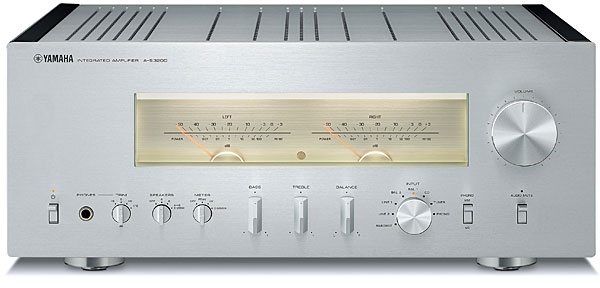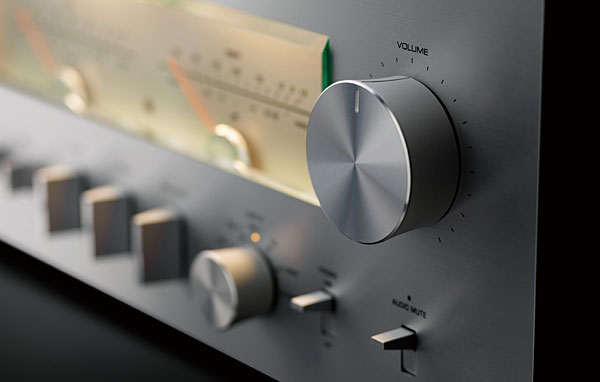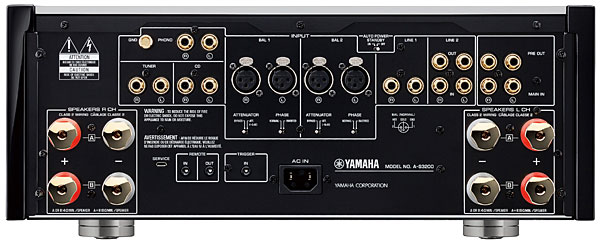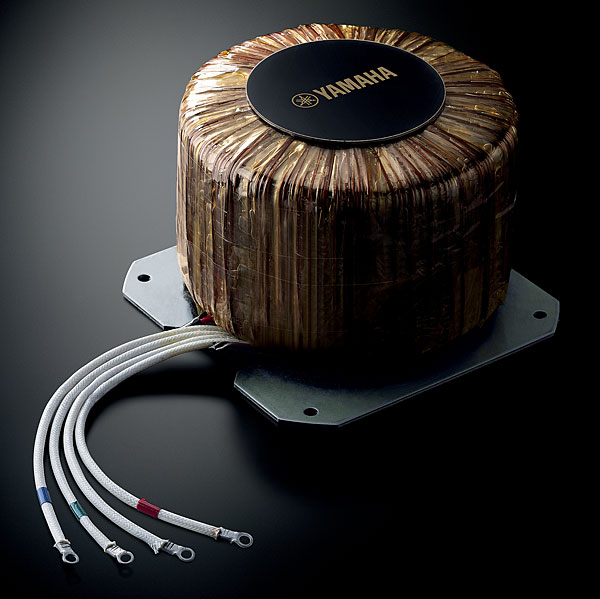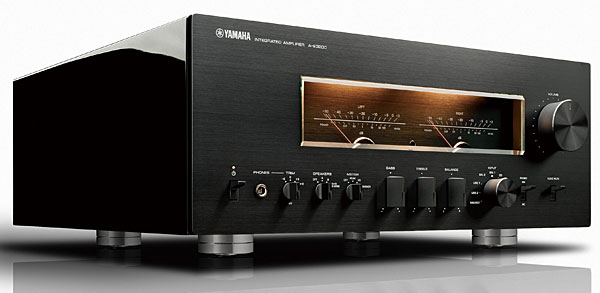| Columns Retired Columns & Blogs |
Based on the description in the review, it appears that both balanced and unbalanced inputs go through the same or similar circuitry. That is, the "ground" or "neutral" conductor of an unbalanced input signal is applied to the negative or inverting input of the balanced preamp stage. (That's just my interpretation of what I read.)
So, the question the is: Is the Rossini's balanced output just better sounding than the unbalanced, or is it the Yamaha that makes one sound better than the other?
All hard questions to work through, I know. Not a criticism...
